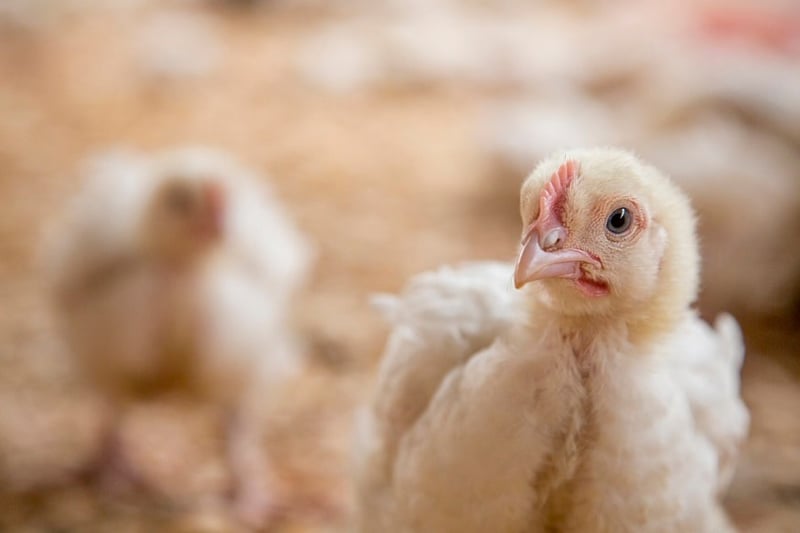
The real secret chicken recipe exposed
News
The secret behind KFC's fried chicken empire.
There has been rampant online and media speculation that one of the most legendary and closely guarded secrets in the history of fast food has been exposed.
The 11 secret herbs and spices have captured people’s imagination for many years. Take these away, and what do you have left? Chicken. And where does that chicken come from? Well, that’s the real secret.
The plight of meat chickens around the world is not widely known or understood by many people. We tend to be aware of welfare issues surrounding laying hens. But more work needs to be done for people to understand the suffering of industrially farmed meat chickens.
A short and unnatural life
For most of us, we imagine chickens running around freely, pecking, scratching and stretching their wings. This is normal chicken behavior. But that’s not how billions of meat chickens around the world are raised.
It would shock many people to know that under intensive farming methods, a meat chicken can live less than six weeks before being slaughtered.
Genetic selection in many countries means they grow so fast that their bones, hearts and lungs cannot keep up. They squat in dirty litter because their legs hurt or are deformed. Deaths from heart attacks or swollen hearts that cannot supply enough oxygen to their oversized breast muscles are also common.
In many industrial sheds, there’s little to no enrichment, no natural light, and when the birds have grown there’s no room to scratch, peck or spread their wings. Chickens will mostly sit in their own faeces which can result in ammonia burns from doing so.
An industrially farmed meat chicken is an unnatural product, created so that it is no longer recognisable as a naturally bred chicken.
Intensively produced meat chicken are typically kept in an artificially lit shed of around 20,000-40,000 birds. This means many Sunday roasts will have more room in the oven than they did at the end of their short lives.